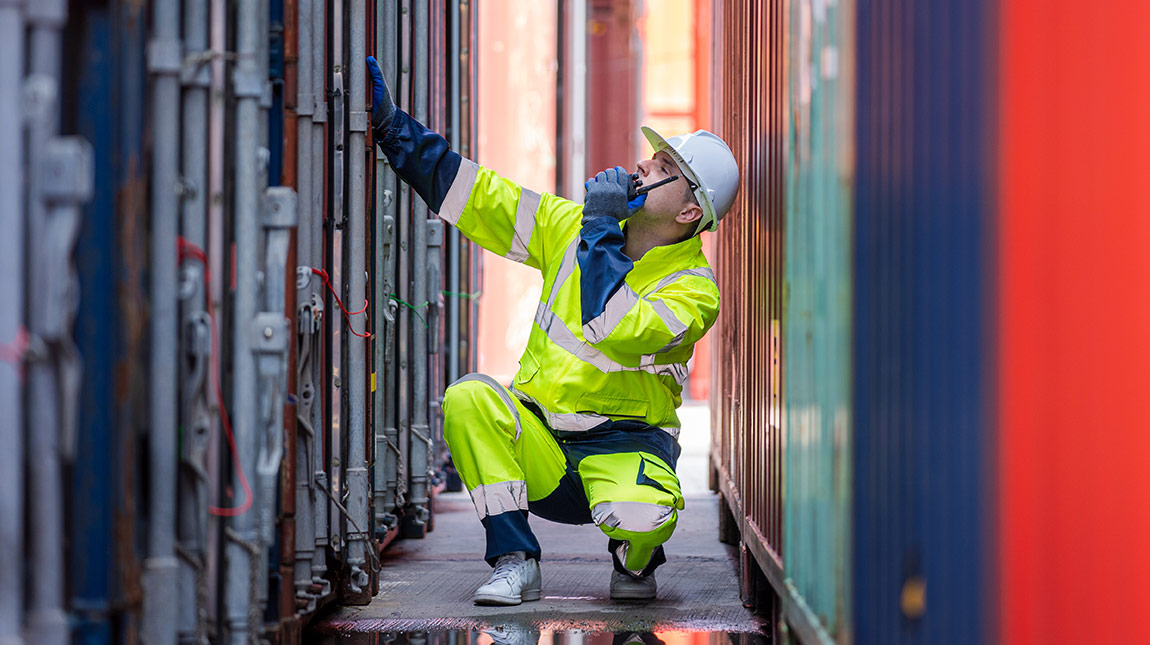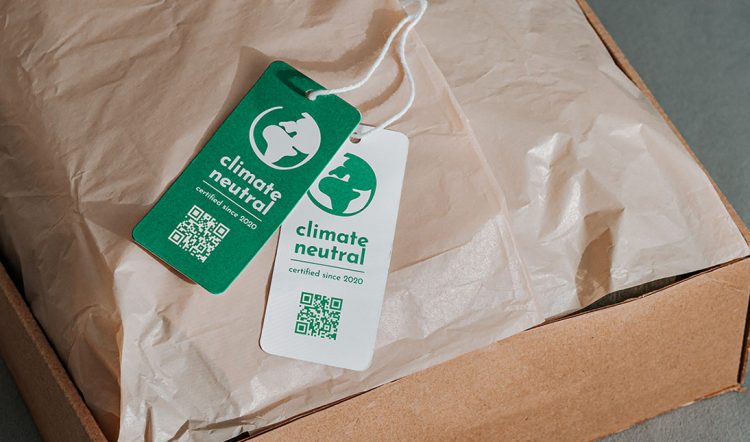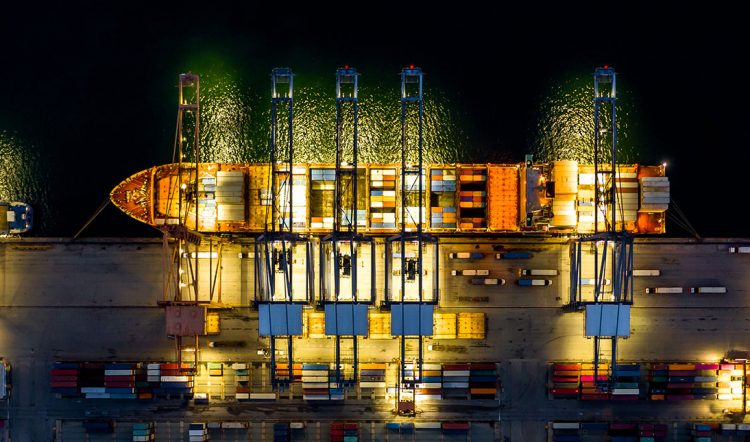Changes To The Movement Freight Via Air To Sea (May 2020)
One of the impacts that has come out of the COVID-19 crisis is the need for industry to manage their business in different ways. With the reduction of air freight coming into Australia due to the cessation of most international flights, the Australian Government – Department of Agriculture, Water and the Environment have made some changes for air cargo goods that may now become subject to BMSB requirements if they are containerised in a third non-target risk country (i.e. Singapore) and moved as sea cargo to Australia.
These changes are effective immediately.
To assist with the clearance of air cargo that is shipped as sea freight and possibly subject to BMSB intervention, you must follow the below circumstances:
- Goods are airfreighted to a transhipment port (must not be a BMSB risk country).
- Only air freighted cargo is loaded into the sea freight container (the container of goods must contain 100 percent airfreighted consignments that have arrived in the transhipment country). If the container contains any goods that were shipped from port of origin as sea freight as well as air freight (making the container of mixed freight) then normal BMSB requirements apply and the MC will need to manage the container(s) as per normal BMSB requirements.
- If a container contains only goods shipped as airfreight that includes goods that are from target high risk BMSB tariffs from target risk countries then the MC may report the container as Nil Risk.
- To make the above declaration, the MC must be able to provide commercial documentation showing that all the consignments inside the container were shipped as air cargo to transhipment port and this documentation must be able to link to either the manifest, OBOL or individual HBOLs (inability to do so will result in container requiring mandatory treatment per BMSB requirements).
To avoid delays at the border, the department recommends containers are treated offshore in the first instance, or packed in such a way that they may be treated in the container onshore. This includes ensuring containers are not over packed and/or wrapped with impervious wrapping that will not allow for effective treatment inside the container. Deconsolidation for treatment may only occur at a Class 4.7 Approved Arrangement.
A Master Consolidator may however still choose to have a container of air cargo goods shipped as sea freight subject to BMSB requirements treated offshore as if they were a mixed consignment to assist with border clearance.
More Information
If you have any questions or need clarification for these changes, please contact SPP@awe.gov.au.
If you require more information, please visit the official DAWR website.
As always, Team Express is here to help
If you have any questions, do not hesitate to contact us on (03) 9596 7387.




Leave a Comment